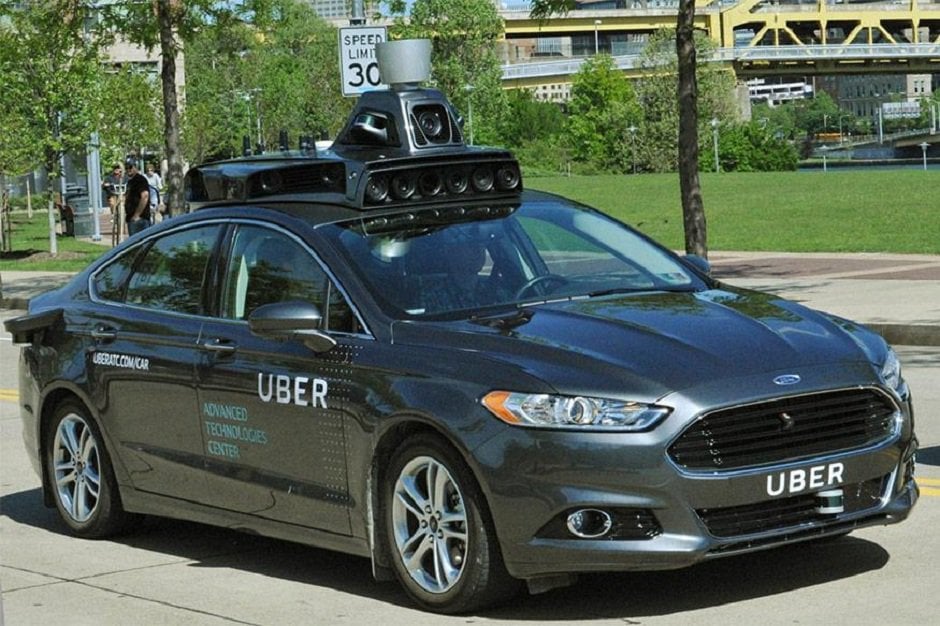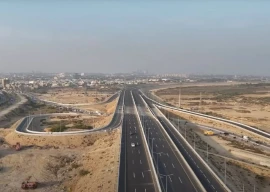
Uber taking its autonomous cars off San Francisco streets ended a clash between the California Department of Motor Vehicles (DMV) and the on-demand ride service.
"We have stopped our self-driving pilot in California as the DMV has revoked the registrations for our self-driving cars," San Francisco-based Uber said in a statement emailed to AFP.
"We're now looking at where we can redeploy these cars but remain 100 per cent committed to California and will be redoubling our efforts to develop workable statewide rules."
California shuts down Uber's self-driving cars
Self-driving Uber cars were being tested here in defiance of a state order to halt the program.
The ridesharing giant disputed the interpretation by the DMV that the cars require a special permit, saying they had the same autonomy capabilities as Tesla cars which have an optional "autopilot" feature.
Anthony Levandowski, Uber's vice president for advanced technologies, said last week that as with the Teslas, the cars driven by Uber still have a driver capable of assuming control at any time.
"We respectfully disagree with the California DMV's interpretation of autonomous regulations, in particular that Uber needs a permit to operate in San Francisco," Levandowski told a conference call with journalists.
"While these are considered state of the art today, they still require monitoring by a vehicle operator at all times."
He argued that statewide rules regarding self-driving cars were being unevenly applied..
Levandowski said at the time that Uber hoped to convince the DMV that its autonomous cars were no different from Tesla's, which allow a driver to turn over many operations to an onboard computer but still need a human behind the wheel.
Uber debuts self-driving vehicles in landmark Pittsburgh trial
"We have a person sitting in the driver's seat, and there's also a person next to them looking at the system and trying to confirm that everything is going well," he said.
"They are able to override and take control of the vehicle at any time."
State regulators countered that the testing program lacked an autonomous vehicle testing permit required to protect public safety.
During Uber's brief standoff with the DMV, reports hit that one of the cars had failed to stop for a red light, and that the vehicles were not giving proper deference to bicycle lanes when making turns.
Backers of autonomous vehicles say the technology can reduce more than 90 per cent of accidents, which mostly are due to human error.
Since its debut in 2010, Uber has grown into a worldwide phenomenon despite regulatory hurdles and resistance from traditional taxi operators.
In its latest funding round, Uber was valued at more than $60 billion, but has racked up losses at it expands and takes on competitors such as Lyft.





















COMMENTS
Comments are moderated and generally will be posted if they are on-topic and not abusive.
For more information, please see our Comments FAQ